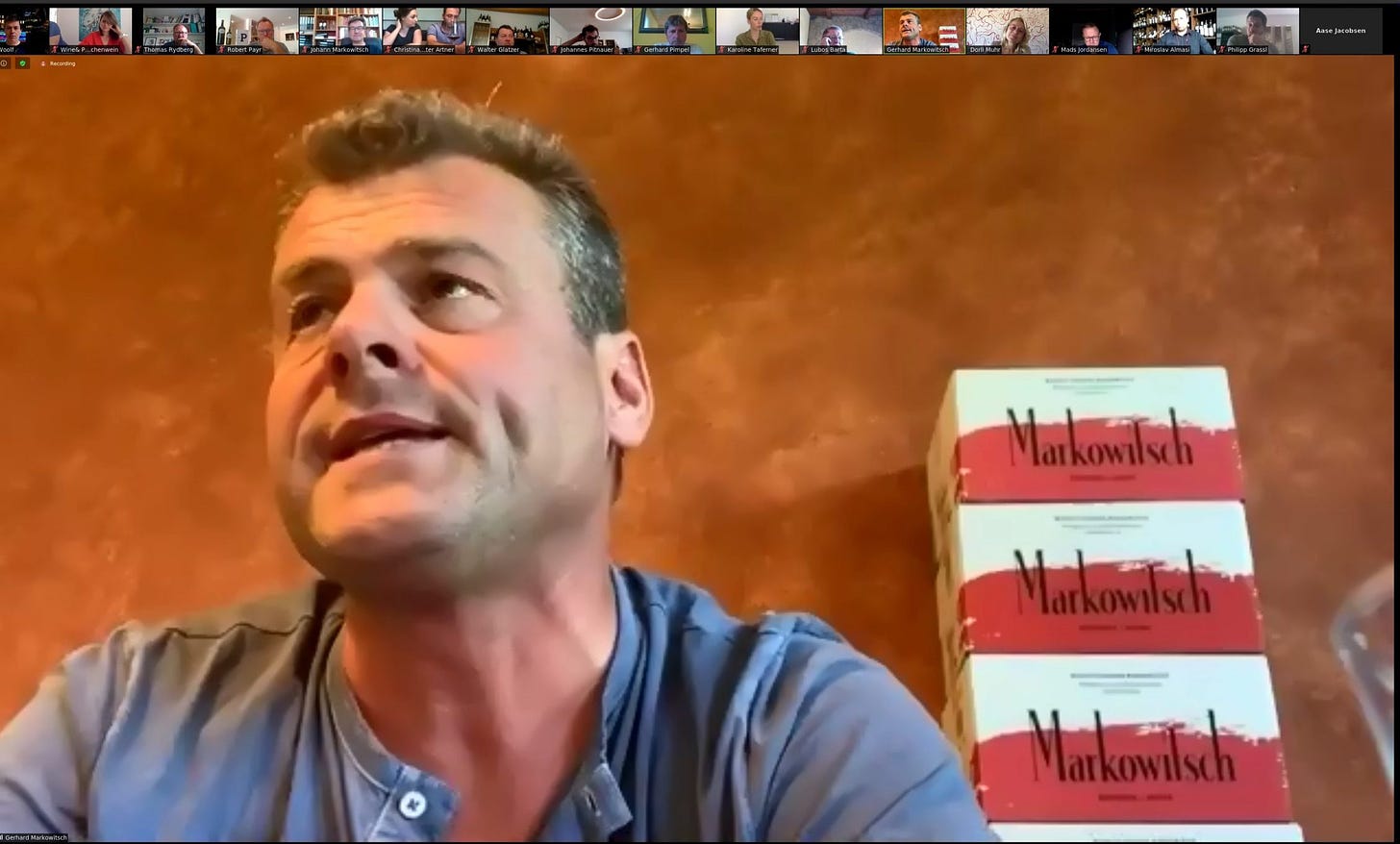Is Zweigelt really supposed to be a serious wine?
Winemakers in Carnuntum have a point to prove when it comes to their single vineyard Zweigelt. Simon asks, is this really the style we want from this grape variety?

Grape varieties are like humans. They all have different strengths, and sometimes it's best when they play to them. Cabernet Sauvignon and Chardonnay are the rare chameleons of the grape universe - able to turn their hands to just about anything. But take a grape like Riesling, and most wine lovers prefer it fairly naked, without oak or even its malolac…
Keep reading with a 7-day free trial
Subscribe to The Morning Claret to keep reading this post and get 7 days of free access to the full post archives.



